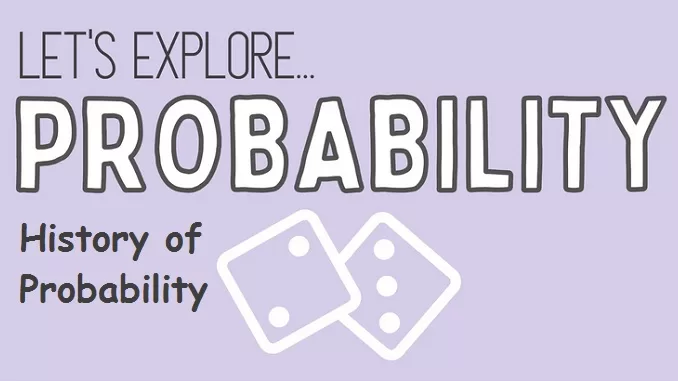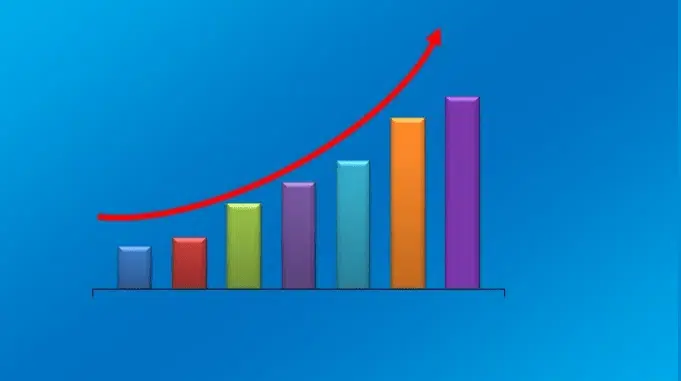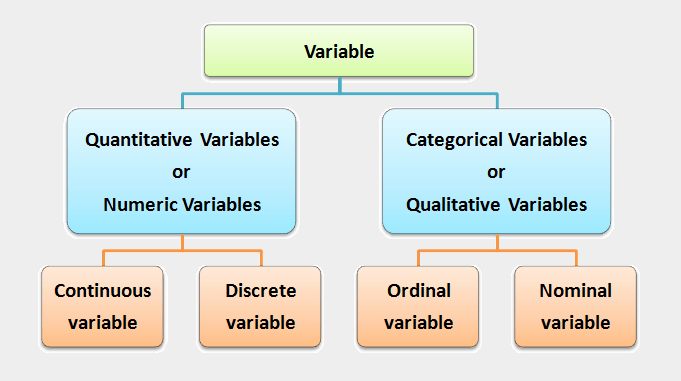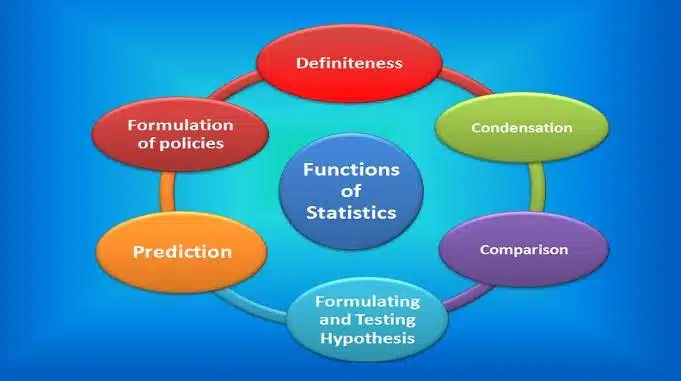
History of Probability –
Probability theory evolved from games of chance and gambling. In 1654, a gambler’s dispute over the split of a stake between two players whose game was halted before it ended gave rise to probability. In other words, the theory of probability evolved from the games of chance related to gambling such as drawing cards from a pack of cards, rolling a die, tossing a coin, and so on.
Girolamo Cardano (1501–76), an Italian Mathematician, was the first author to write a book on the subject, titled “Liber de Ludo Aleae (Book on Games of Chance)” which was published in 1663, after his passing.
The first person to try a quantitative measure of probability was an Italian mathematician named Galileo (1564–1642) while dealing with some problems related to the theory of dice in gambling.
However, the systematic and scientific foundation of the mathematical theory of probability was laid by two French mathematicians, Pierre de Fermat (1601-65) and B. Pascal (1623-62), in the mid-seventeenth century.
Jacques Bernoulli (1654-1705), a Swiss mathematician, was another stalwart who studied the subject extensively for more than two decades. Bernoulli made significant contributions to the theory of probability with his treatise on Probability (Arts Conjectandi), which was published in 1713.
De Moivre (1667-1754) made significant contributions to the subject, and his work published in 1718 is the famous book, The Doctrine of Chances, which is a well-known work in this field.
The concept of Inverse Probability was first introduced by Thomas Bayes (1702-61).
In 1812, after extensive research, Pierre Simon Laplace (1749-1827) published his monumental work “Theorie Analytique des Probabilities (Theory of Analytical Probability)”, which constitutes the classical theory of probability.
R. A. Fisher and Von Mises introduced an empirical approach to probability through the notion of sample space.
Eminent Russian mathematicians like Chebychev (1821-94), A. Markov (1856-1922), and A. N. Kolmogorov developed the modern theory of probability.
A. N. Kolmogorov axiomised the theory of probability and his book “Foundations of Probability” published in 1933 introduced probability as a set function and is regarded as a classic.
(Source – Various Books of College Library)
Tags: Where does probability come from? Who is the father of probability? Who invented the theory of probability? short history of probability, who invented probability and statistics, history of probability, origin of probability theory, origin of probability
Copyrighted Material © 2019 - 2024 Prinsli.com - All rights reserved
All content on this website is copyrighted. It is prohibited to copy, publish or distribute the content and images of this website through any website, book, newspaper, software, videos, YouTube Channel or any other medium without written permission. You are not authorized to alter, obscure or remove any proprietary information, copyright or logo from this Website in any way. If any of these rules are violated, it will be strongly protested and legal action will be taken.




Be the first to comment